May 13, 2025 | 16:27 GMT +7
May 13, 2025 | 16:27 GMT +7
Hotline: 0913.378.918
May 13, 2025 | 16:27 GMT +7
Hotline: 0913.378.918
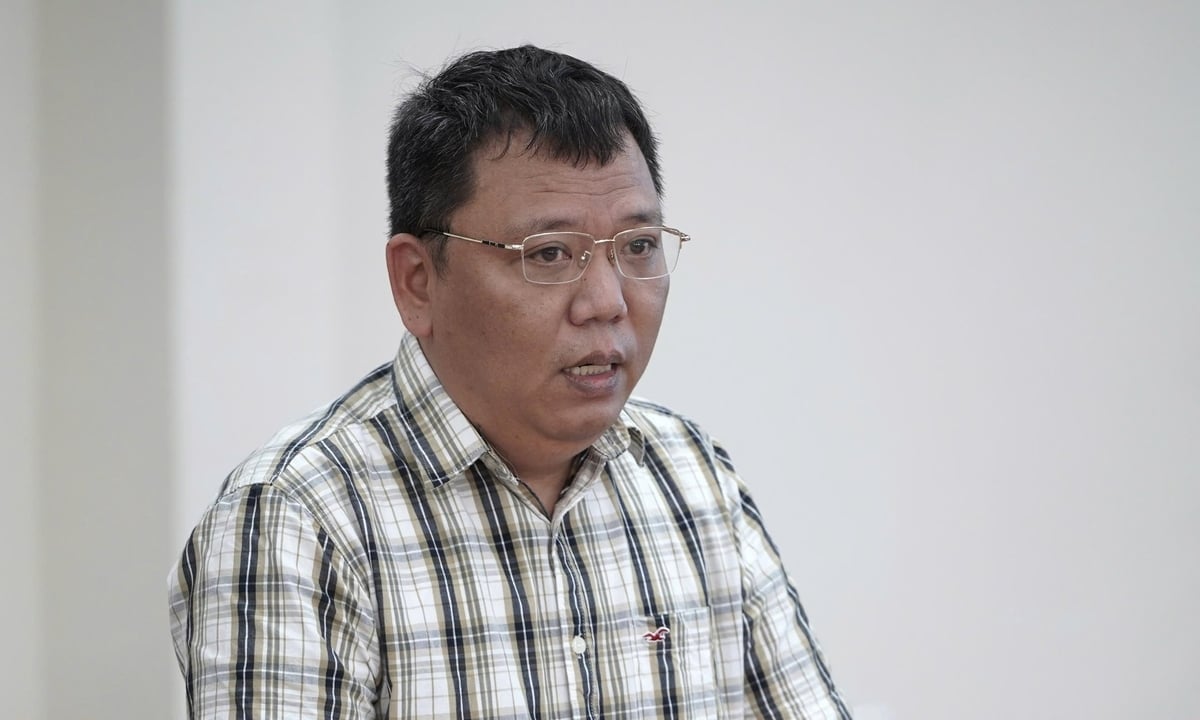
According to Dr. Ngo Xuan Nam, in 2024, Taiwan imposed quantitative limits on Sudan dyes in imported chili products. Photo: Bao Thang.
Driven by consumer preference for rich, vibrant colors, some producers have been found adding industrial Sudan dyes to turmeric powder. This malpractice not only poses serious health risks to consumers but also threatens to permanently damage the reputation of Vietnamese agricultural exports in global markets.
Turmeric is a long-standing staple in Asian cuisine and traditional medicine. It has gained increasing popularity because of its digestive, anti-inflammatory, cosmetic, and even anti-cancer properties. Pure turmeric powder, depending on the variety, growing conditions, and processing methods, ranges in colour from pale yellow to deep orange.
However, a growing misconception among consumers – that the more intense the orange-red colour, the purer the turmeric – has led some producers to deliberately add prohibited colourants to deepen the hue, enhance shelf appeal and maximize profits.
Sudan dyes, including Sudan I, II, III, and IV, belong to the azo group of synthetic chemicals. Known for their vivid reddish-orange tone and oil solubility, they are commonly used in industrial processes such as dyeing wax, rubber, leather, and plastics. These dyes are strictly banned in food production across many countries due to their carcinogenic properties, potential to cause genetic mutations, and severe impacts on the liver, kidneys, and nervous system. Sudan dyes are also known to disrupt hormonal systems and pose particular risks to pregnant women and children when consumed over time.
While it is difficult to detect contamination with the naked eye, several warning signs include turmeric that is unusually bright or reddish in colour, a red oily layer appearing when mixed with water, residue that clings stubbornly to spoons or bowls, a slightly acrid odour, and unusually low prices.
Dr Ngo Xuan Nam, Deputy Director of the Vietnam SPS, revealed that Sudan dye contamination has previously been detected in Vietnamese turmeric exports to Taiwan. These shipments were either rejected or destroyed, and exporters faced the risk of being permanently banned. “Even a trace amount of Sudan dye is enough to result in the entire consignment being rejected. The risk is not merely financial – it directly affects the global reputation of Vietnamese farm products,” Dr Nam warned.
Taiwan remains a key market for Vietnamese turmeric, particularly due to its consumer demand for herbal products. However, Taiwan maintains stringent technical barriers. According to the Taiwan Food and Drug Administration (TFDA), turmeric products fall into two categories: general food and health food.

Food quality and safety regulations are being progressively enhanced.
Exporters of general food products must comply with food safety standards, including limits on pesticide residues, heavy metals, and—most critically—banned substances like Sudan dyes. For health food products, which often claim benefits such as anti-inflammatory or immune-boosting effects, businesses must submit clinical evidence, undergo testing, and obtain official registration and approval under Taiwan’s Functional Food Law.
Even for regular turmeric powder with no health claims, import procedures still require TFDA registration and laboratory testing for microbiological safety, heavy metals, and banned colourants. Sudan dyes are monitored under a separate high-risk list due to their toxic profile.
In light of these risks, Dr Nam urged Vietnamese exporters to implement stricter quality control measures, select trustworthy suppliers, follow safe processing procedures, and carry out regular pre-export testing. “There is no room for complacency when dealing with markets that enforce high technical standards. A single mistake can cost a company an entire export market,” he stressed.
For domestic consumers, Dr Nam also advised against buying turmeric powder that is unlabelled, unusually cheap, or sold through informal channels. He recommended choosing products from reputable brands with clear certification and traceable origin.
While not foolproof, simple home tests can help identify suspect products: mixing turmeric in cold water to check for red residue or wiping it on tissue to see if it leaves an unnatural mark. These basic checks may not confirm contamination but can serve as an early filter.
“A single spoonful of chemically-tainted turmeric may not cause immediate harm,” Dr Nam concluded, “but prolonged exposure can quietly endanger the health of an entire family. Consumers must stay vigilant and avoid being seduced by appearances or low prices – the cost to health is far too high.”
Translated by Huong Giang
![Multi-channel, multi-directional Vietnamese agricultural markets: [4] EVFTA and the 0% tax advantage](https://t.ex-cdn.com/nongnghiepmoitruong.vn/608w/files/linhnhp/2025/05/12/day-chuyen-che-bien-tom-tai-1-nha-may-cua-sao-ta-205536_359-1044193.jpg)
(VAN) The near-complete elimination of import tariffs on Vietnamese goods makes the EVFTA the highest commitment the EU has ever made to a partner in its signed trade agreements.
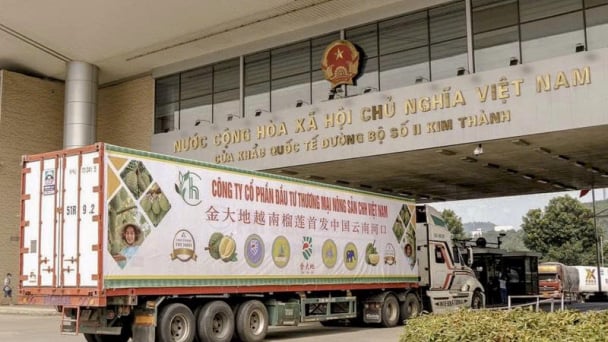
(VAN) Deputy Minister Phung Duc Tien hopes that China will facilitate the entry of Vietnamese agricultural products into its market and accelerate customs clearance at border gates.
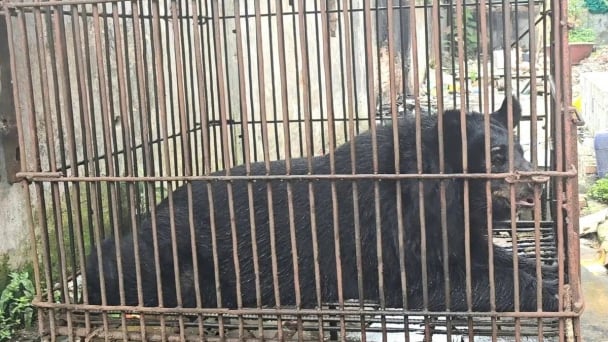
(VAN) On May 10, the Animals Asia Foundation and the Hai Phong Crop Production and Forest Protection Department successfully rescued a nearly 20-year-old sun bear that was being kept by locals.
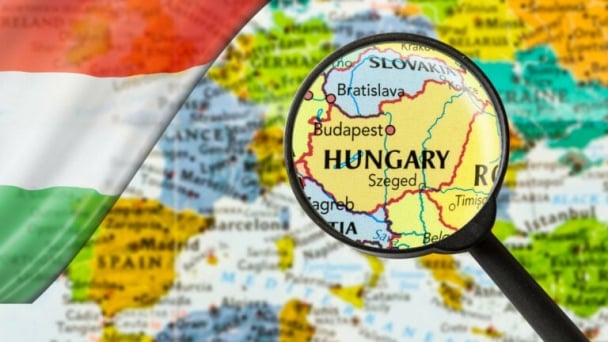
(VAN) Does Hungary have an opportunity to expand poultry production in the coming years despite the pressure from avian influenza and challenges of the trade war?
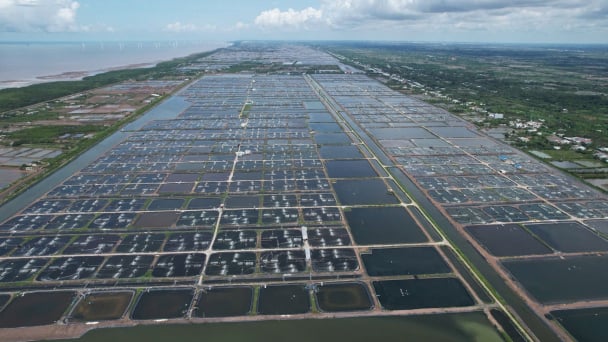
(VAN) Nine recommendations were put forward to address bottlenecks and promote science and technology in the livestock and aquaculture sectors, aiming to bring Resolution No. 57-NQ/TW into practical implementation.
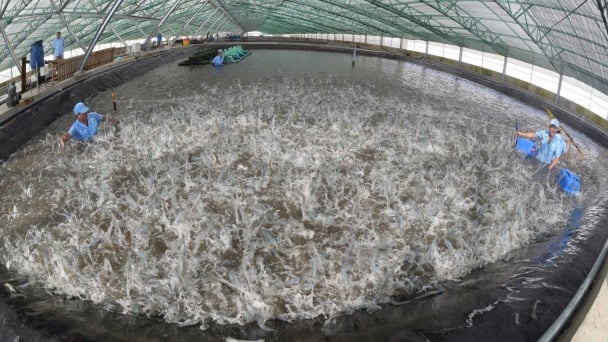
(VAN) Scientific and technological activities in the fisheries sector have shown signs of improvement, but they are still not commensurate with their potential to become a true driving force for the industry's development.